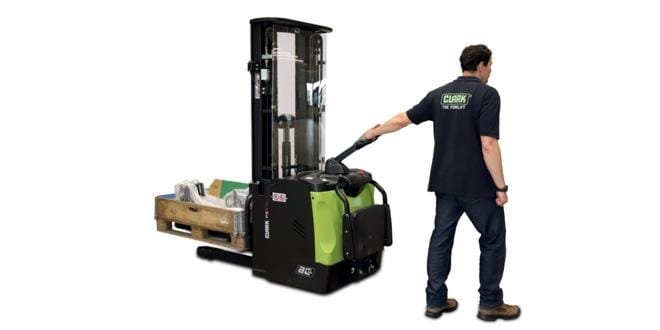A groundbreaking initiative has commenced along Interstate 70, where automated trucks equipped with platooning technology are now traversing the highway between Columbus, Ohio, and Indianapolis, Indiana. The endeavor, unveiled by the Departments of Transportation in Ohio and Indiana, spans more than 160 miles of roadway. This technological advancement represents a significant milestone in the evolution of freight transportation across the Midwest region.
On April 14, 2025, two tractor-trailers entered service utilizing specialized platooning technology developed by Kratos Defense. These vehicles are electronically tethered, allowing the lead driver to dictate the velocity and trajectory of the following truck. The system permits the second vehicle to autonomously manage steering, acceleration, and braking mechanisms to ensure coordinated movement during specific segments of the journey.
Ease Logistics, based in Marysville, Ohio, has deployed these high-tech vehicles to fulfill their shipping commitments along this busy corridor. The implementation of this technology serves multiple purposes—enhancing safety protocols, fortifying supply chain resilience, and demonstrating the practicality of automated systems in adverse meteorological conditions that frequently challenge Midwest freight operations.
ODOT Director Pam Boratyn emphasized the safety-centric approach behind this initiative. “We’re committed to reducing deaths on our roadways, and vehicle automation technologies can be part of the solution,” Boratyn remarked. She drew parallels to familiar automated driving systems already common in today’s vehicles, including adaptive cruise control and lane-keeping assistance features which were designed to mitigate driver fatigue while simultaneously bolstering road safety.
Although these trucks operate with remarkable independence, they always maintain human oversight. Professional drivers occupy both vehicles and possess the capability to deactivate the automation systems and assume manual control whenever circumstances warrant intervention. This prudent safeguard ensures that human judgment remains the ultimate authority in unpredictable situations, which automated systems might not adequately address.
The I-70 Truck Automation Corridor project, which was announced in March 2024, has finally materialized after extensive preparation. Transportation officials have placed particular emphasis on assessing the performance of these automated systems during inclement weather—a crucial factor in determining their viability for widespread adoption throughout the trucking industry.
Maynard Factor, vice president of business development at Kratos Defense, underscores the transformative potential of this technology. “Operating along the I-70 corridor between Ohio and Indiana enables us to showcase performance in complex, all-weather conditions essential to Midwest freight operations and accelerates readiness for broad adoption,” Factor declared. He clarified that the technology was actually derived from systems initially created for military applications, subsequently adapted to address challenges confronting commercial logistics, agricultural operations, energy distribution, and mining sectors.
The introduction of semi-autonomous truck platoons along Interstate 70 could portend a turning point in how freight moves across America’s highways. By electronically linking vehicles, this system promises to enhance efficiency while potentially reducing the carbon footprint associated with long-haul transportation. Each truck performs its role in a carefully orchestrated mechanical ballet—the follower vehicle automatically adjusting its movements in precise coordination with its leader.
Weather variability in the Midwest presents both challenges and opportunities for testing this emerging technology. Rain, snow, and fog—atmospheric conditions that occasionally plague the I-70 corridor—will serve as rigorous real-world examinations of these automated systems’ reliability. Although some systems work better in ideal conditions, the true test of their reliability comes when functioning in adverse environments that challenge even experienced human drivers.
This pioneering operation represents merely the initial phase of what transportation officials hope will eventually become commonplace technology throughout America’s interstate system. If successful, such advancements could revolutionize logistics networks while addressing persistent industry challenges including driver shortages and safety concerns. The future of automated freight transport has commenced its journey along Interstate 70, carrying with it the potential to reshape how goods traverse the American heartland.


